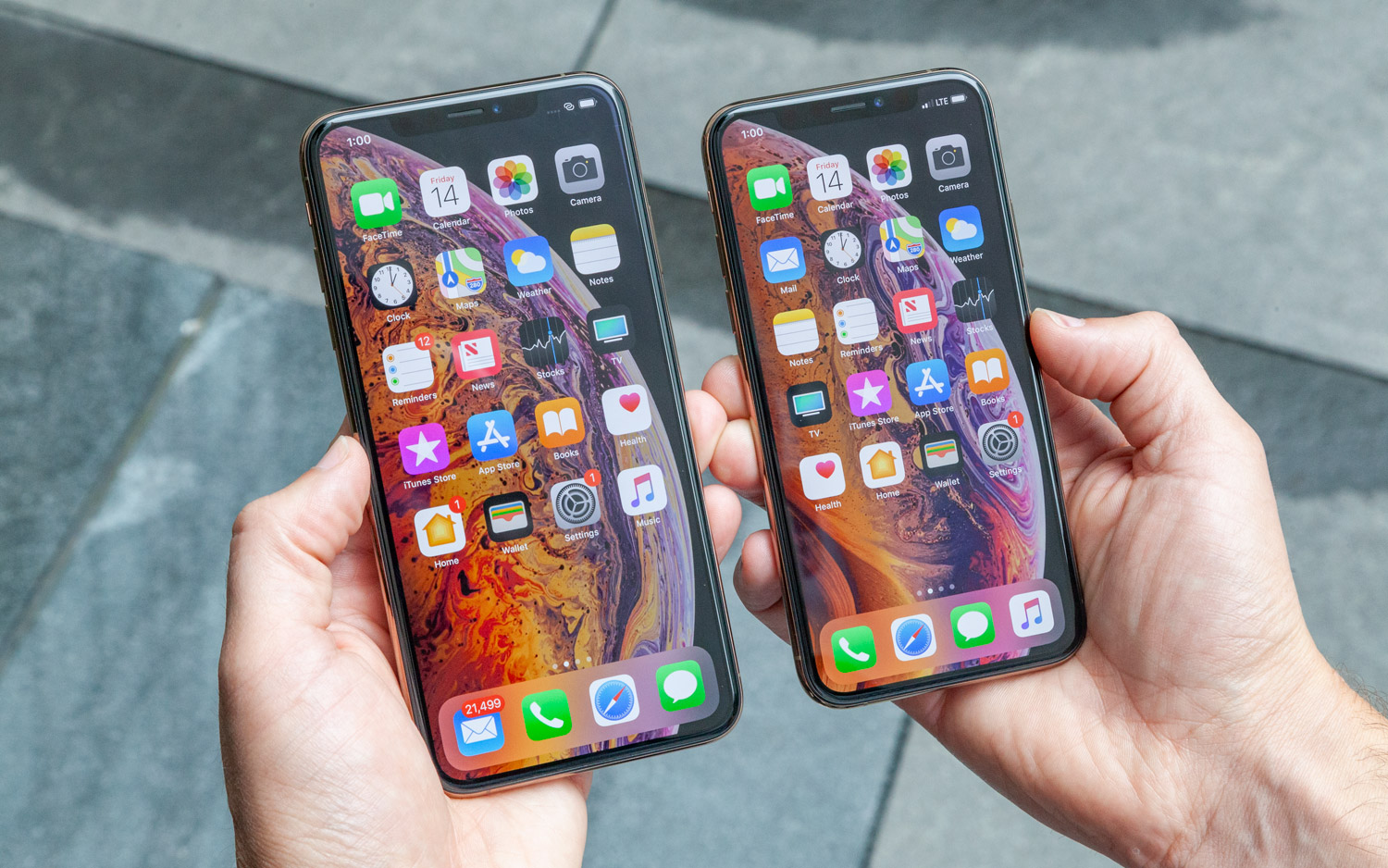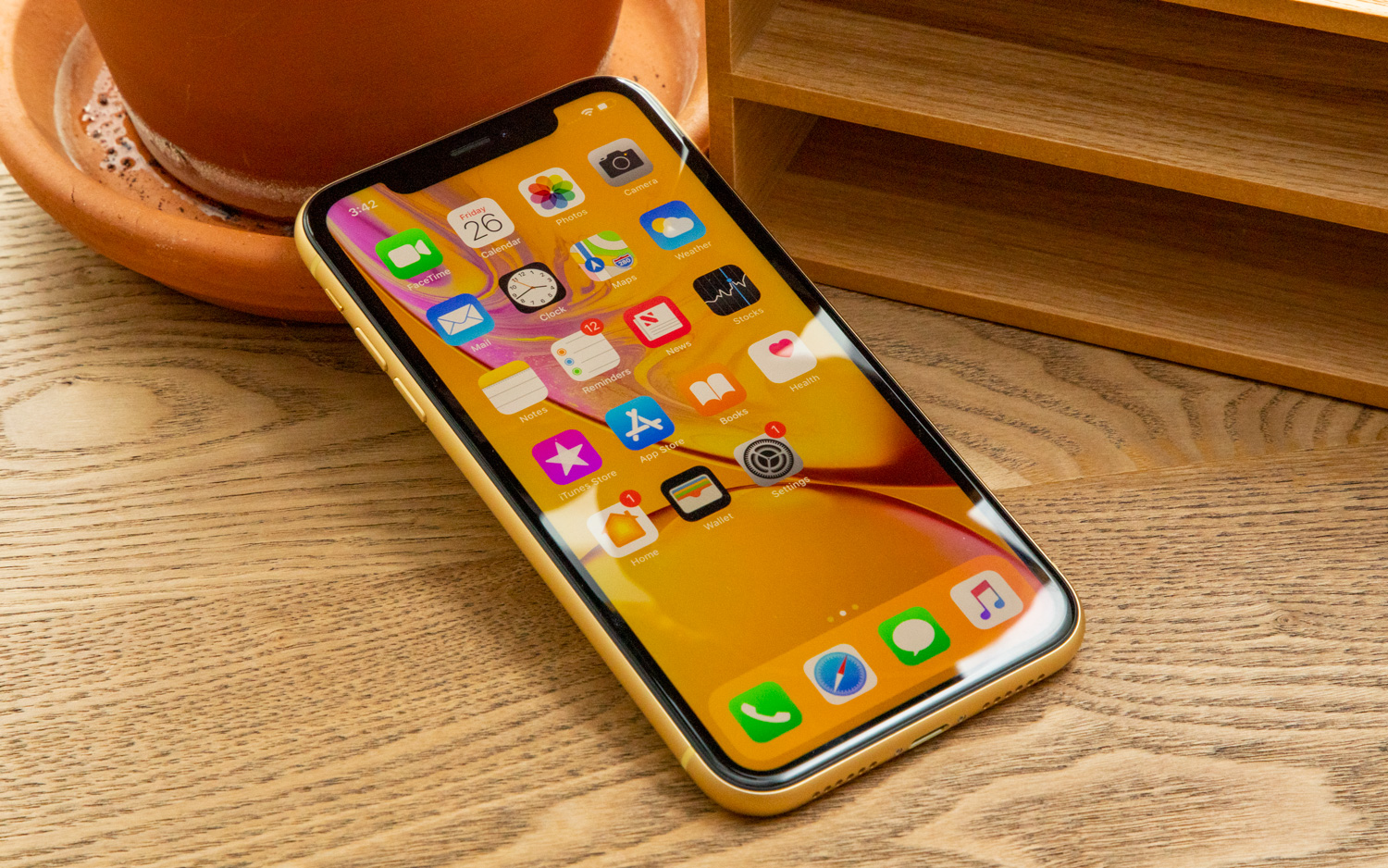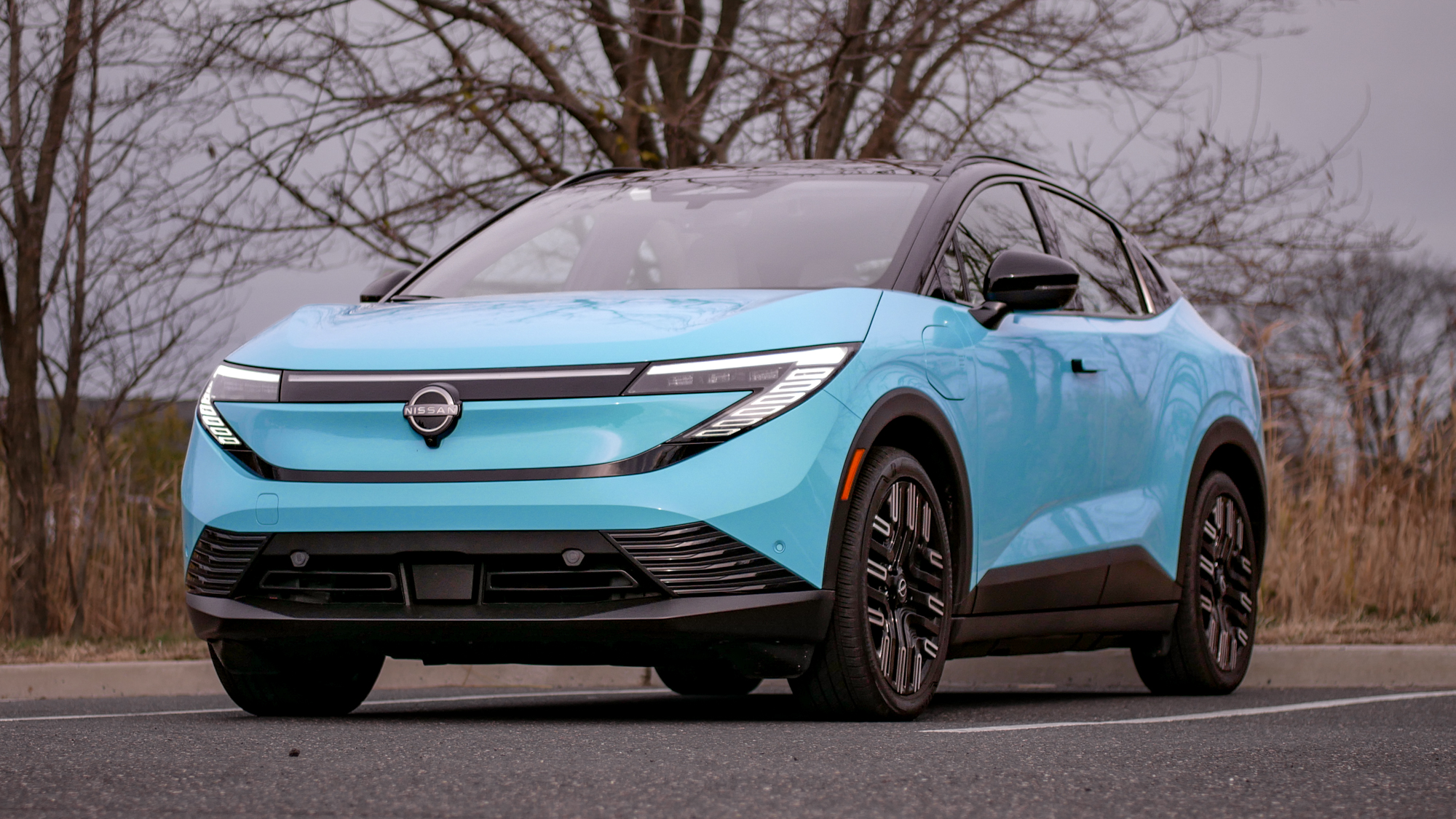With iPhone XR, Apple Just Rewrote the Phone Script
As the successor to both the iPhone 8 and iPhone 8 Plus, the iPhone XR represents a big shakeup to Apple’s lineup. But will it succeed?
As rumors built over the last year that Apple would release three iPhone X models in 2018, pundits and analysts alike were a bit mystified at Apple's strategy. Why three? Why a lower-priced, larger model?

Now that the iPhone XR has arrived, completing Apple's 2018 lineup, it's worth considering what the purpose of the iPhone XR is and where it fits in Apple's overall strategy.
Doubling down on luxury
Apple started executing its new iPhone strategy last year with the release of the iPhone X for $999, alongside the $699 iPhone 8 and $799 iPhone 8 Plus. The 2017 product line was all about cranking up the average selling price of iPhones, as Apple adjusts to the fact that people are waiting longer to upgrade their smartphones. The two lower-end models — the "traditional" iPhones — were both $50 more than their predecessors.
MORE: iPhone XS or iPhone XR? Here's Your Cheat Sheet
And then there was the iPhone X, with a starting price that was $250 more than that of any iPhone model before it. Apple sold the iPhone X as a bit of future technology available today, but that advanced technology came at a high price. If you'd prefer the automotive metaphor, the iPhone X was a luxury car. It offered the very best of materials and technology — and you would pay a premium to get it.

So here we are in 2018, and Apple has doubled down on its luxury models. While in past years Apple has continued to sell older iPhone models in the years after debut at discounted prices, the iPhone X was discontinued rather than being sold for $899. (That's true at Apple's store, at least; you can still find the original iPhone X at some carriers for that reduced price.) The luxury models still start at $999, and the iPhone XS Max set a new high-price bar with its $1099 starting price.
Get instant access to breaking news, the hottest reviews, great deals and helpful tips.
The big story this year is that Apple has replaced its mainline phones — a theoretical iPhone 9 and iPhone 9 Plus — with a single model. It's bigger, and cheaper, except it isn't. It's a riddle wrapped in an enigma and smothered with bright colored class. It's the very strange beast called the iPhone XR.
Enter the 'cheap one'
Compared to the iPhone XS and XS Max, the iPhone XR is absolutely a bargain. Its starting price of $749 is $250 less than the iPhone XS and $350 less than the XS Max.

More than that, you can get a 128GB model for $799 and a 256GB model for $899. That's right, even the maxed-out iPhone XR is $100 cheaper than a base-model iPhone XS. (Upgrading the storage space on the iPhone XS also comes at a premium. There's no 128GB tier, and upgrading to 256GB of storage carries a $150 premium over the already high price.)
By any measure, the iPhone XR is a much more reasonably priced device than the iPhone XS. But it's not fair to call it cheap. It's not cheap by any measure.
First, the device itself: It's really good. It looks great, with a bright colored glass back (you can get black or white if you want it to be boring) and a colorful anodized aluminum band. And it shares most of its specs with the iPhone XS.
In the places where the XR falls short of the XS, it does so in the gentlest way possible. The screen isn't OLED, but it's the best-looking LED Apple has ever made, and the company has managed to figure out a way — via cutting display panels and using pixel masking — to create the same curved-edge display design as on the iPhone XS. The front-facing TrueDepth sensor stack on the XR is identical to the one in the XS, as is the A12 processor inside.
The rear wide-angle camera is also identical on all these 2018 models, and that means the iPhone XR gets support for the best feature of the iPhone XS, Smart HDR, as well as extended dynamic range on 4K videos shot at 30 frames per second.
The missing features on the iPhone XR aren't nothing, but unless you are the prickliest of OLED sticklers or an inveterate user of the iPhone's telephoto lens, they're not a huge deal.
What you'll miss is the 2x telephoto lens, and portrait mode is limited to human subjects with a potentially less accurate depth map calculated by machine learning and focus pixels rather than the parallax of two separate cameras.
The missing features aren't nothing, but unless you are the prickliest of OLED sticklers or an inveterate user of the iPhone's telephoto lens, they're not a huge deal. 3D Touch is another feature lacking on the iPhone XR, but I haven't missed it; its replacement, Haptic Touch, allows you to touch and hold in many contexts where 3D Touch previously worked.
But there's another way where the iPhone XR isn't cheap — its price. While the iPhone XR is far cheaper than the iPhone XS, it's important to remember that a year ago Apple sold an iPhone 8 for $699. And the year before that, the iPhone 7 was $649. In two years, Apple has raised the price of buying a brand-new iPhone model by $100. (At least the iPhone XR costs $50 less than the iPhone 8 Plus did when that phone launched, though that phone had dual rear cameras.)
Plus-sized price, plus-sized phone
For the last few years, Apple's iPhone pricing philosophy was simple: If you want a bigger phone, you pay more. The iPhone Plus models have always been $100 more than their smaller counterparts. But the iPhone XR breaks those rules; it's larger than the iPhone XS, but it's a lot cheaper.

And yet, in another way, the iPhone XR slides right into the pricing slot previously taken up by the iPhone Plus. If you were an iPhone Plus buyer, in fact, the iPhone XR will be the most natural upgrade. It costs the same as the Plus models did before last year, and it's got roughly the same size screen in a slightly smaller physical package. (Yes, the screen resolution on the iPhone XR is slightly reduced over the Plus models, but it's not something most people will ever notice.)
If you were the kind of person who bought the iPhone 6S, 7, or 8, what's your new iPhone model?
The real question is, if you were the kind of person who bought the iPhone 6S, 7, or 8, what's your new iPhone model? Apple has eliminated the $649/$699 price point. If you want a small phone, you'll need to go up to the iPhone XS and pay $999 (or $1,149 to get the model with more than 64GB of storage).
If you want the lowest-priced new model, you can get the iPhone XR, and it's really an excellent phone, but it's a lot larger than the phone you're used to. And it still costs more that what you paid for your previous phones.
There are no great answers here. In the U.S., the era of the two-year upgrade cycle mandated by cellular contracts has ended; most people seem to either buy their phones and hang on to them for two to four years or they're part of an upgrade program where they get a new phone every year (in exchange for trading in their old model). If you're Apple and most of your revenue comes from selling iPhones, how do you deal with potentially reduced demand? The answer is to raise prices — ideally while also raising quality, so that these more expensive phones are more likely to last longer.
The iPhone XR is a bit of a puzzle. A few years ago, Apple released the iPhone 5C, a brightly colored, lower-priced device that pundits (including this one) thought would be a huge it. It flopped, possibly because iPhone buyers always want the latest and greatest, not a cut-rate version of last year's model posing as something new.
The iPhone XR is not the iPhone 5C, not by a long shot. It's this year's technology, just missing a few luxury features. It's bright and fun and colorful in a way the stately iPhone XS models are not. At the risk of repeating my mistake from the iPhone 5C, it's hard to imagine the iPhone XR as anything but a huge hit for Apple.
Credit: Tom's Guide
Jason Snell was lead editor of Macworld for more than a decade and still contributes a weekly column there. He's currently running the Six Colors blog, which covers all of Apple's doings, and he's the creative force behind The Incomparable, a weekly pop culture podcast and network of related shows.
-
dancingedo What if the Apple strategy was to split their old two normal/plus models into four models: mainline normal and max, and luxury normal and max? While changing the format from bezel to all-screen? Would they then not first make the iPhone 10, to test the ground of the new format combined with luxury? And then 10s and 10s Max is not so difficult, so they can focus in that year on the all-screen 10r, which as you describe is essentially the equivalent of mainline plus. If this would be true, I’d expect a mainline 11 with 11 Max, and a luxury 11 with luxury 11 Max next year. And most likely the mainline models would then trickle down each year, as usual, while the luxury models would replace each other each year. If true, Apple also might release some iPhone 9 model in March to fill the gap of the missing iPhone 10r mini...Reply -
stancilmor Why does nobody talk about the RAM difference? 4GB compared to 3GB? doesn't an extra 33% more or 25% less memory count for something? And then there's the battery life; what happened? why pay more money for less battery life? what's using up the extra battery life? more pixels, inefficient OLED technology, the 33% more RAM, the second camera. And what about using the extra pixels/screen size on the XS max to show more content, but not two simultaneous apps? or the fact that the XR has weaker glass on the back? And what good are all those pretty colors if the phones are going to be covered with a case...clear cases are cool until they fill up with random debris. Of the stainless steel more easily scratched than the aluminum band on the XR. I have an iPhone 4s, it's time to upgrade, but XR, Xs, Xs max really muddied the waters. At least the new iPad Pro with the A12x processor seems like a clear upgrade path. I could buy a iPad Pro and XR for the price of a tricked out XS max...what gives.Reply -
bosss I just got iPhone XR, traded in from iPhone 6, for me it's a big change, I like the new iPhone, Ill update if i'll run into issuesReply -
BensonChiang Reply
I traded in my 6S as well. Satisfied with the new one. But it's a shame XR doesn't have silicone case : (bosss said:I just got iPhone XR, traded in from iPhone 6, for me it's a big change, I like the new iPhone, Ill update if i'll run into issues
